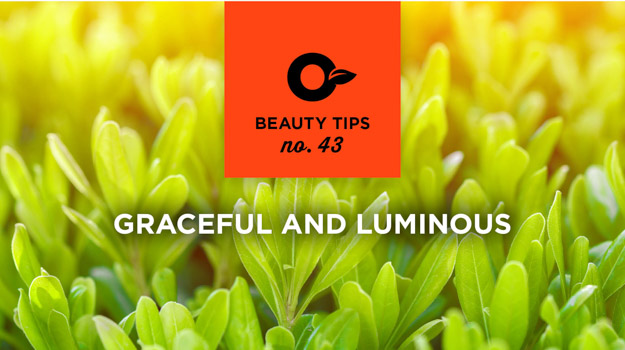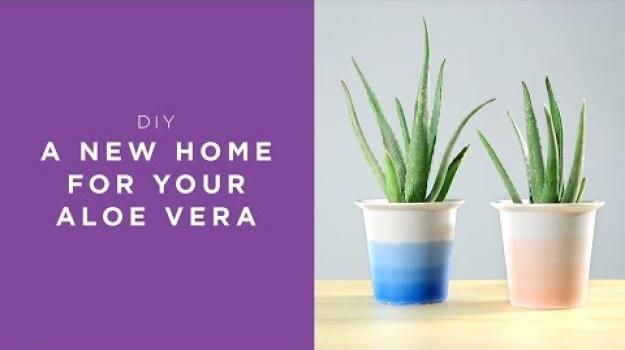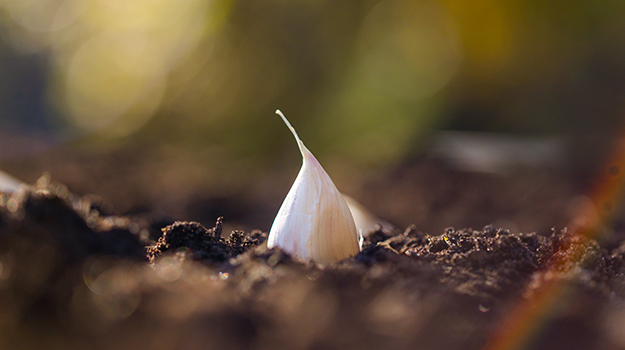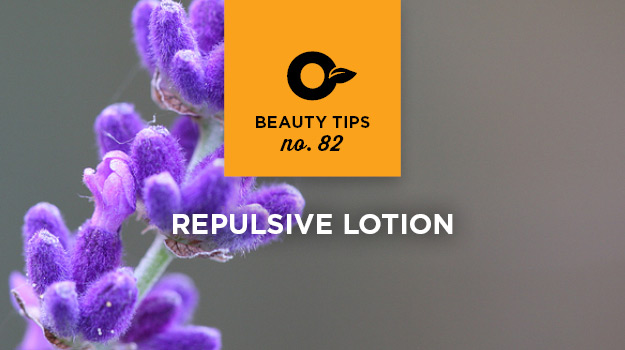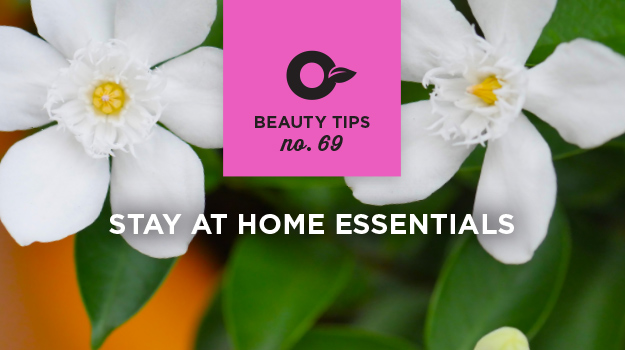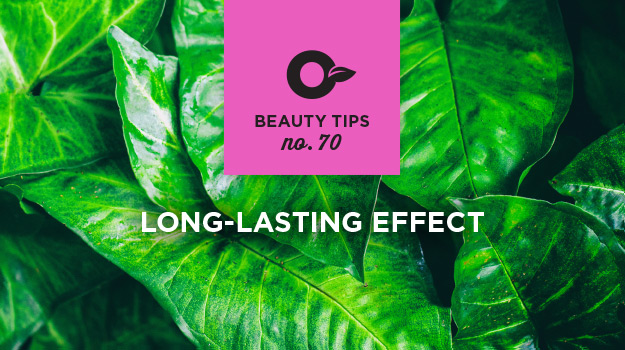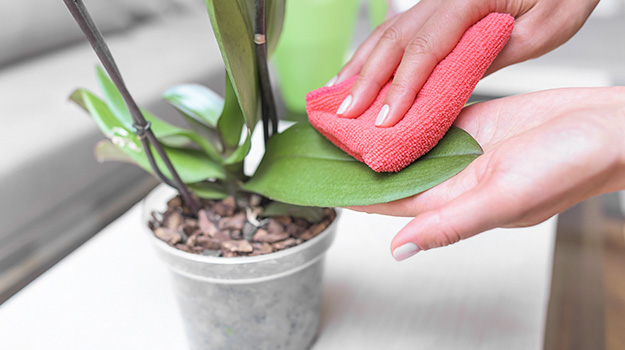
If you’ve ever purchased an orchid, enjoying the lovely blooms for weeks before they finally give out, getting it to rebloom is likely something that’s entered your mind at some point.
Phalaenopsis are notoriously easier than other varieties of orchid to get to rebloom, but even they require some prompting. It is fine to cut off the spent flower stem but where you cut it off can be crucial. With these orchids, you cut back to the next growth node (the triangular area) if the stem is still green. Take care not to cut the node. This should prompt the plant to produce another bloom.
Do not forget to water adequately, and provide a balanced houseplant fertilizer diluted by half.
Also, move the orchid where it is cool at night, between 55 and 65 degrees Fahrenheit (12-18 °C.) but still bright. When the plant begins to bloom, move it back to its normal location.
Other orchids
Dendrobium and Cattleya are other common orchids which prefer medium to low light. These are harder to get to rebloom and the lighting level is a key to success.
If you are living in a warm region or it is summer, often the best way to get a bloom is to move the plant to dappled outdoor shade. This will provide more light than indoors without burning the plant.
Find the natural bloom time
Additionally, it is important to find out when the natural bloom time of your species would be in the wild. When you purchased the plant, it was probably already in bloom; however, it was forced into bloom by professional growers.
Most orchids bloom in fall after a summer of growing. These orchids also need a rest period in winter. Cut back on water and fertilizer and resume in spring.
With a little luck and help from these tips, you should be able to experience one to three more bloom cycles from your plant. The flowers, after all, are the chief charm of the orchid plant.
Cleaning the leaves
If you want to clean the leaves and remove undesired dust or simply give your orchid leaves a shiny look, you’d need to gently wipe them with a clean towel, a little bit of soap and water. Many people also use diluted lemon or orange juice, and olive oil.
Make sure you use a single towel for each plant, to avoid a disease from one plant to another.

